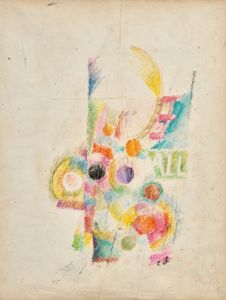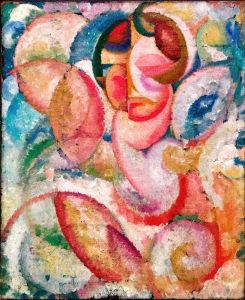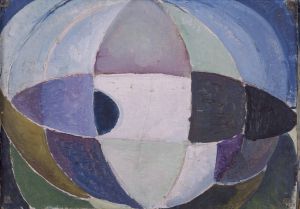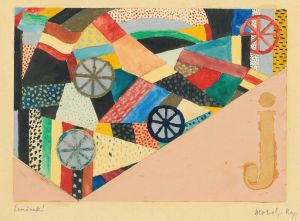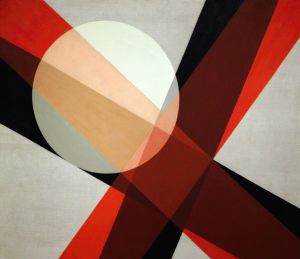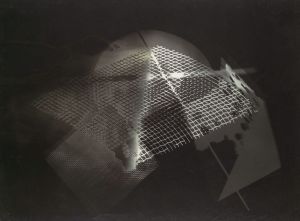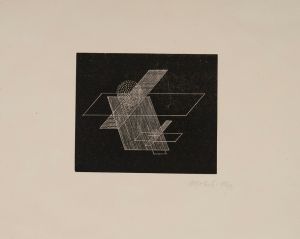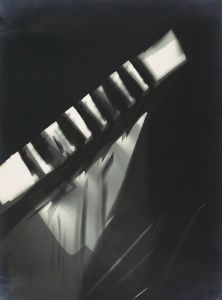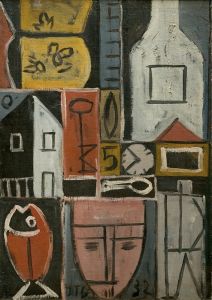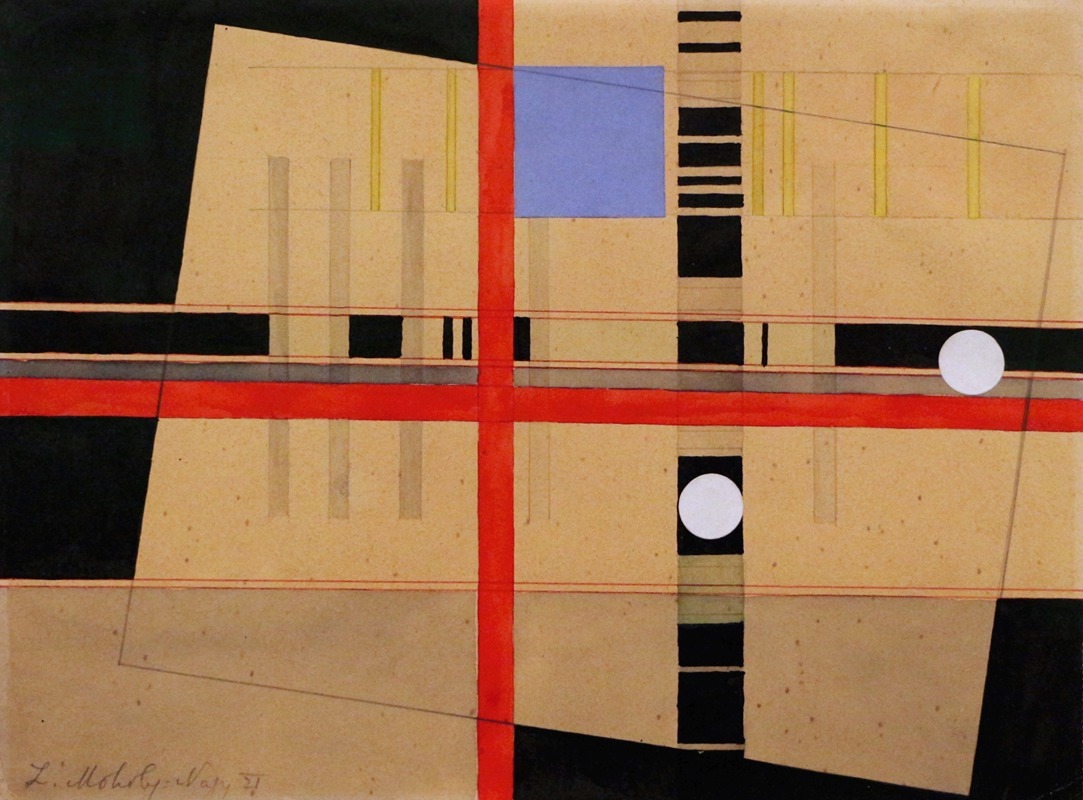
Croce rossa e palle bianche
A hand-painted replica of László Moholy-Nagy’s masterpiece Croce rossa e palle bianche, meticulously crafted by professional artists to capture the true essence of the original. Each piece is created with museum-quality canvas and rare mineral pigments, carefully painted by experienced artists with delicate brushstrokes and rich, layered colors to perfectly recreate the texture of the original artwork. Unlike machine-printed reproductions, this hand-painted version brings the painting to life, infused with the artist’s emotions and skill in every stroke. Whether for personal collection or home decoration, it instantly elevates the artistic atmosphere of any space.
"Croce rossa e palle bianche" (Red Cross and White Balls) is a painting by the Hungarian artist László Moholy-Nagy, who was a prominent figure in the Bauhaus movement and a pioneer of abstract art in the early 20th century. Moholy-Nagy was born on July 20, 1895, in Bácsborsód, Hungary, and he became known for his innovative approach to art, which often incorporated elements of photography, typography, and industrial design.
The painting "Croce rossa e palle bianche" exemplifies Moholy-Nagy's interest in geometric abstraction and his exploration of the interplay between color, form, and space. The title, which translates to "Red Cross and White Balls," directly references the primary visual elements of the composition. The artwork features a red cross set against a background that includes several white spherical shapes, creating a dynamic and balanced composition that draws the viewer's eye across the canvas.
Moholy-Nagy's work was heavily influenced by Constructivism, a movement that originated in Russia in the 1910s and emphasized the use of geometric shapes and a focus on the material properties of art. This influence is evident in "Croce rossa e palle bianche," where the precise arrangement of shapes and the use of a limited color palette reflect the Constructivist ideals of clarity and order.
In addition to his painting, Moholy-Nagy was also a prolific writer and educator. He joined the Bauhaus school in Weimar, Germany, in 1923, where he taught alongside other notable artists such as Walter Gropius, Paul Klee, and Wassily Kandinsky. At the Bauhaus, Moholy-Nagy was instrumental in developing the curriculum for the school's preliminary course, which introduced students to the fundamental principles of design and visual communication.
Moholy-Nagy's contributions to the Bauhaus and his broader impact on modern art cannot be overstated. His work in various media, including painting, photography, film, and sculpture, helped to redefine the boundaries of art and design in the 20th century. "Croce rossa e palle bianche" is a testament to his innovative spirit and his commitment to exploring new artistic possibilities.
After the Bauhaus was closed by the Nazi regime in 1933, Moholy-Nagy emigrated to the United States, where he continued to influence the art world through his teaching and practice. He founded the New Bauhaus in Chicago in 1937, which later became the Institute of Design, part of the Illinois Institute of Technology. Moholy-Nagy remained active in the art and design community until his death on November 24, 1946.
"Croce rossa e palle bianche" remains an important work in Moholy-Nagy's oeuvre, showcasing his mastery of abstract composition and his ability to convey complex ideas through simple geometric forms. The painting is a reflection of his broader artistic philosophy, which sought to integrate art, technology, and everyday life in a harmonious and meaningful way.





